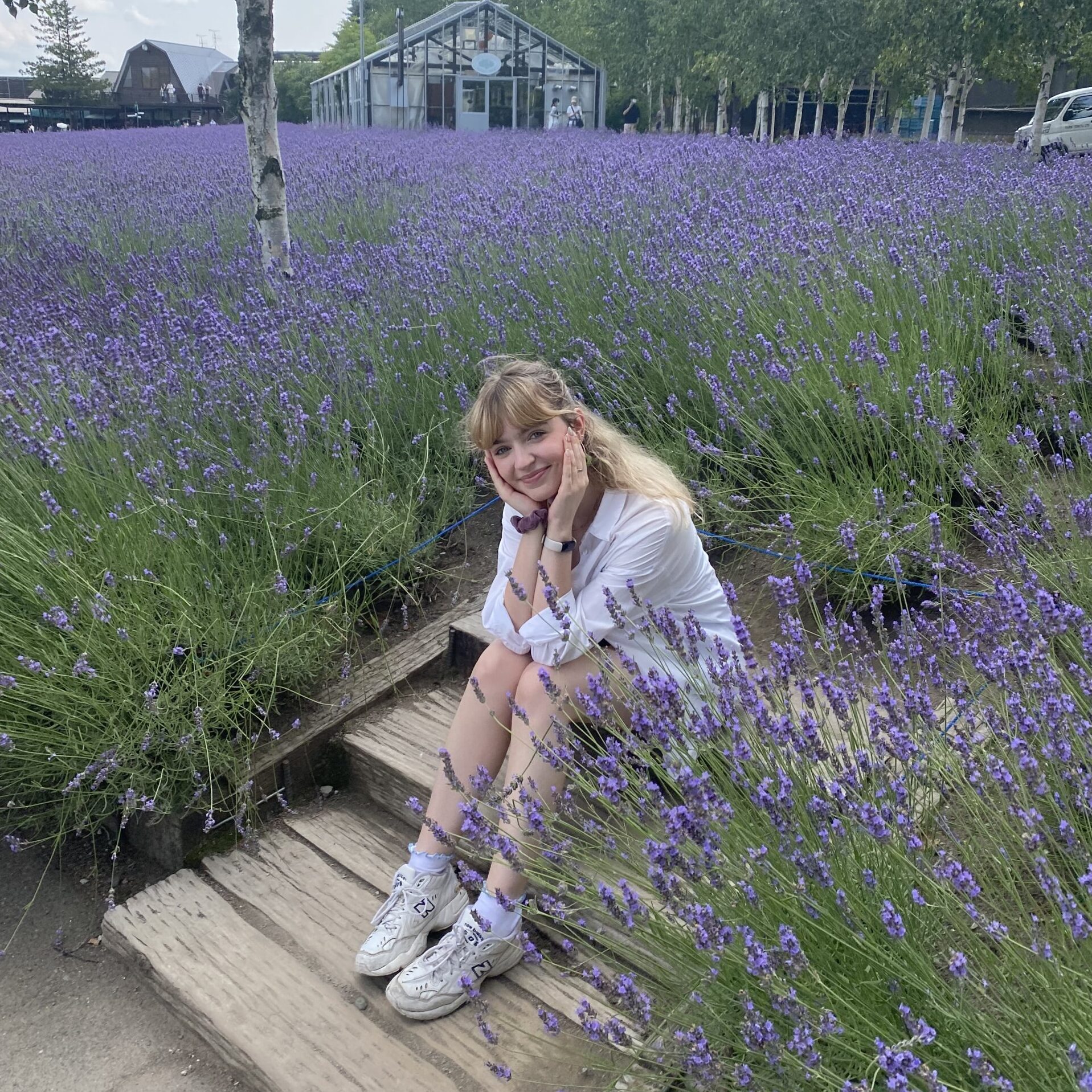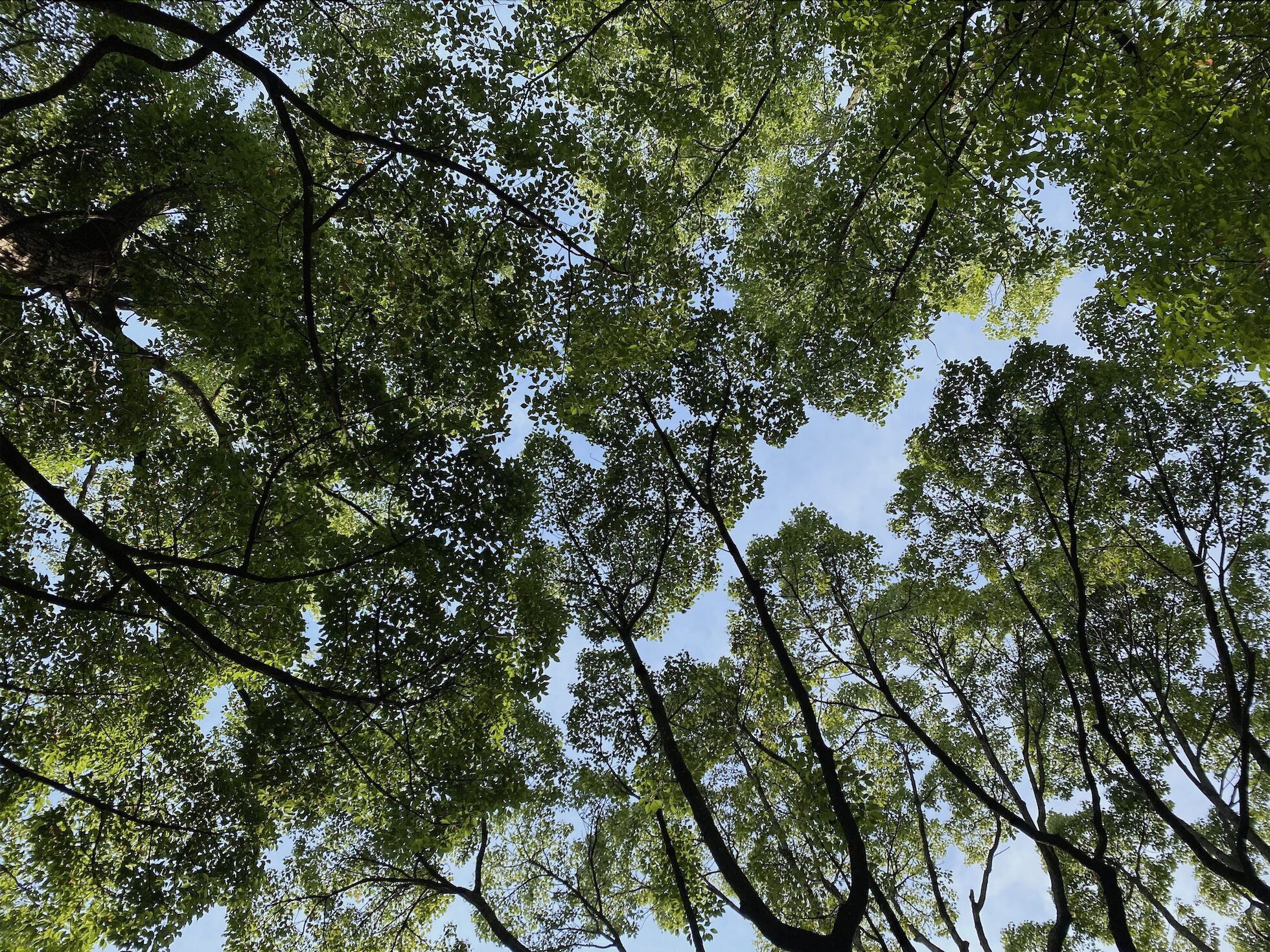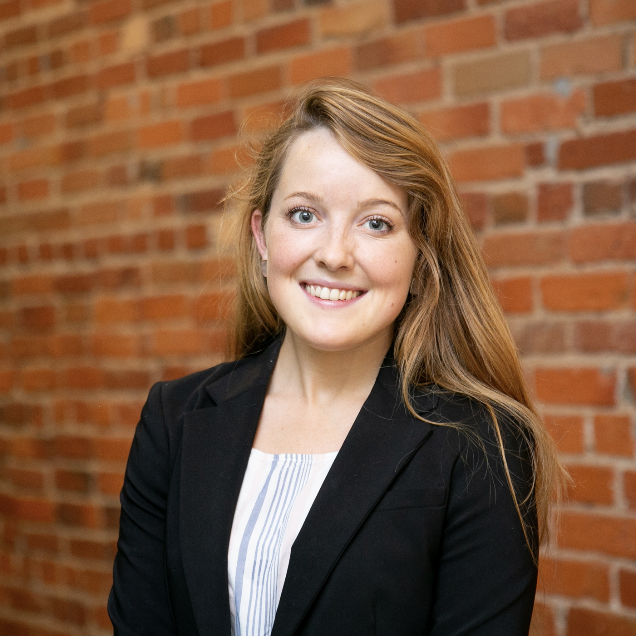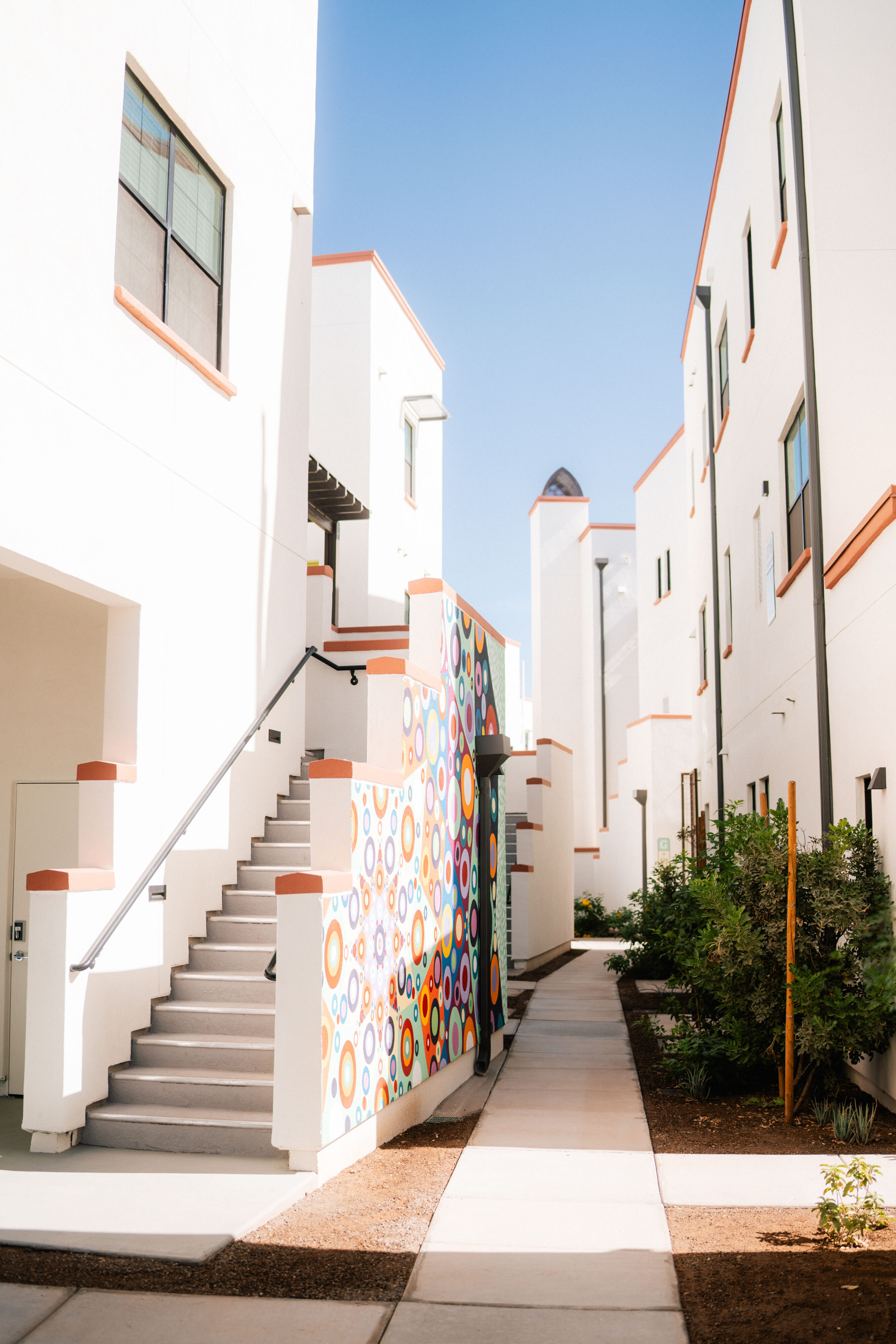The Greenhouse Effect: A New Approach to Tackling Food Deserts
Imagine if it took three hours to go grocery shopping just so you could make a healthy meal for your family.
This is a reality for 23.5 million Americans, and that’s what a resident in the nation’s capital told us when we asked her about how she gets fresh produce.
Stan Jackson explains the health impacts of living in a food desert.
A food desert is an area that has poor access to healthy food because a lack of supermarkets, farmer’s markets and grocery stores.
Typically, food deserts are found in cities and the options surrounding residents are limited to fast food chains and small corner stores that do not supply healthy, nutritious options, perpetuating a cycle of chronic illness and obesity.
But what if a food desert area started growing its own food? That’s the solution Stan Jackson, president of the Anacostia Economic Development Corporation (AEDC), was on the search for when he came across an opportunity to partner with BrightFarms.
How Can I Learn More?
- Find out if you’re living in a food desert, or how close you live to one.
- Be part of the solution, and try your hand at urban farming, all for less than the cost of a new iPhone.
- Find out how one man is using his food truck to feed the inner city, then come up with your own solution to the nation’s food deserts.
– Jenny Rabago
BrightFarms will build an urban farm in ward 8 and partner with retail stores around the city (like Giant) to sell produce. About two to five percent of the one million pounds of produce will go back to the residents of ward 8.
Tackling the food desert problem in DC will not be easy – check out our infographic for more on what food deserts are and a map of how bad the problem is in DC – but this upcoming urban farm, which will use less water and produce higher and more stable yields, could be part of the solution.
Do you or someone you know live in a food desert? Are there food deserts in your community? Join the conversation and let us know how long it takes you to get healthy food.
Asthaa Chaturvedi is a senior majoring in International Affairs at The George Washington University. Jenny Rabago is a senior majoring in Journalism and Biological Anthropology at The George Washington University.























